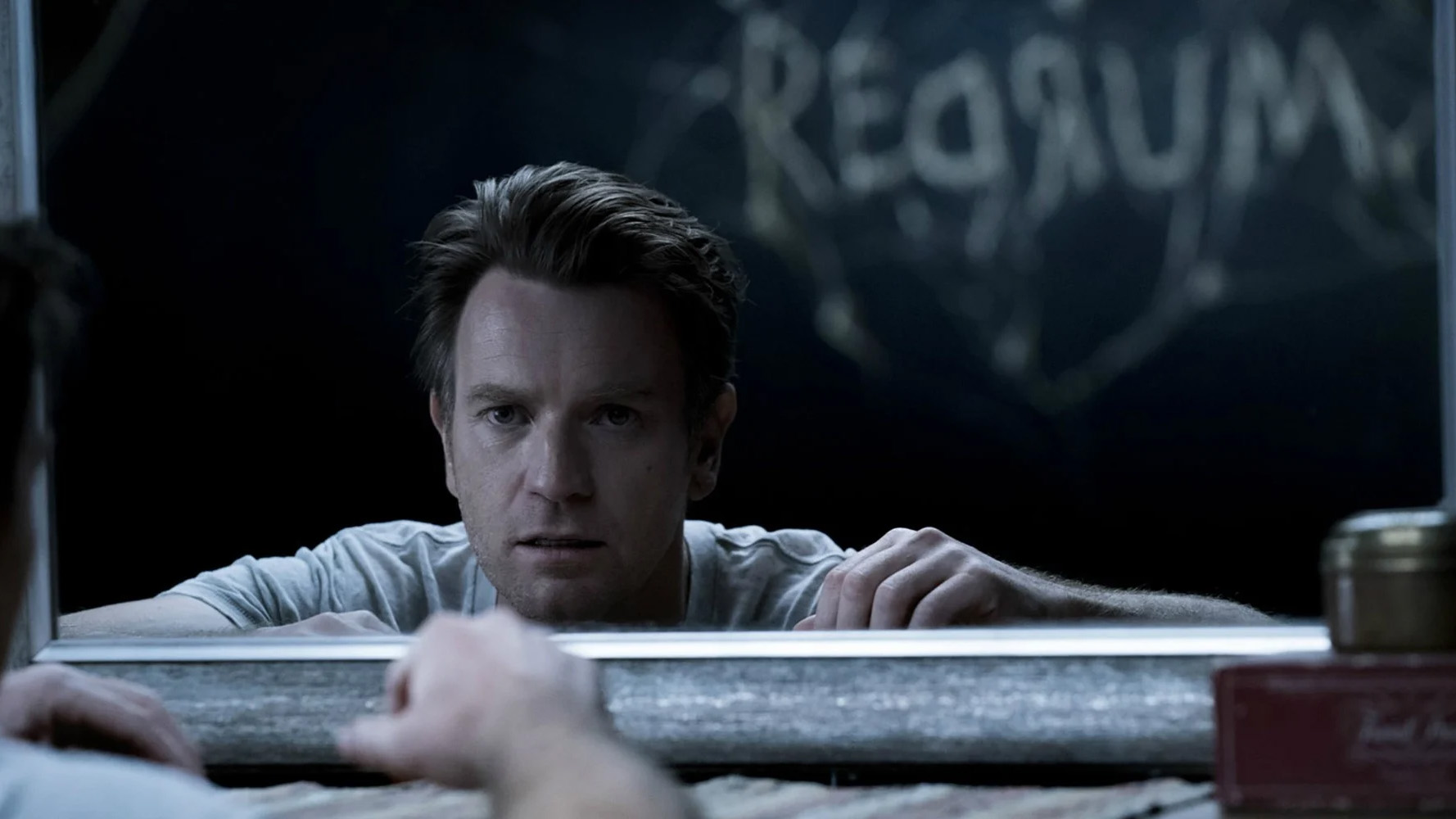Stanley Kubrick refused to be bound by genre: science fiction, period drama, black comedy, war movies, Kubrick covered them all, with consistently excellent results. So, when the master turned his hand to horror, the result was characteristically brilliant. The Shining is widely regarded as one of the greatest horror movies of all time.
So, it was with some trepidation that I sat down to watch its sequel, Doctor Sleep.
Not least of the potential problems with a sequel to The Shining is that novel and film diverged from each other quite significantly. Secondly, despite their popularity, film adaptations of Stephen King’s novels too often failed to rise above their source material. It is a classic example: the 1980s version was mind-numbingly dull. The first of the recent two-film adaptations was almost just OK; the second, ridiculous and boring.
Doctor Sleep initially suffers from Stephen King’s characteristic shortcomings: the first act is slow, pointless, and serves only as a backdrop for endless, plodding backstory. The key elements of the story – adult Danny is a grifting drifter haunted by ghosts both real and psychological; a band of “psychic vampires” roams the country preying on kids who “shine”; a young girl is manifesting her own “shining” powers – could have been easily dealt with in half the time they are. Although to be fair, I watched it in an extended, director’s cut; hopefully, the cinema release pared a typically bloated King doorstop to its barest bones.
But once the film shifts into its second act, with the horrifying torture-murder of a young boy, it finally finds its pace. The scene in question is a master set-piece of horror cinema. Director Mike Flanagan (The Haunting of Hill House) is rightly celebrated for eschewing cheap jump-scares and flashy grotesquery, and his characteristic restraint works to its best in this scene. Almost nothing is explicitly shown, but what is implied is genuinely disturbing.
Flanagan also deserves high praise for integrating his sequel with Kubrick’s original. Balancing homage and fan-service, Flanagan flawlessly recreates not just the Overlook Hotel, but many of The Shining’s most celebrated scenes: “Redrum”, the maze in the snow. One or two, like the vision of the “bloody elevators”, are quite pointless, but the re-creation of the Gold Room and its spectral inhabitants is particularly effective. Here, Flanagan simultaneously recreates Kubrick’s scenes and reworks them into compelling reflections on the originals. Danny confronts his own demons and his father’s ghost – literally, with Jack now added to the Overlook’s ghostly retinue.
Flanagan again deserves praise, here, for avoiding the contemporary fad for “digital de-aging”, in which a combination of stand-ins and CGI is used to try and make actors look younger, or to re-create deceased actors. “De-aging” is particularly popular in sequels, with sometimes frankly horrifying results, such as the creepy “younger” Jeff Bridges in Tron: Legacy, or Peter Cushing and Carrie Fisher, in recent Star Wars instalments.
Rather, Flanagan uses actors with more or less resemblance to the originals. Henry Thomas does a good job of reprising Jack Nicholson as Jack Torrance (although no-one can do that voice), but Alex Essoe accurately mimics Shelley Duvall’s performance as Wendy Torrance in almost every respect. Carl Lumbly is also a respectable re-creation of Scatman Crother’s Dick Halloran.
Ewan McGregor once again takes an iconic character and makes it his own, as he did with young Obi-Wan Kenobi in the Star Wars prequels (where he was one of the few actors not to suffer from the millstone of George Lucas’s dialogue). In The Shining, Danny is an almost inconsequential character. As one critic has noted, “Not many people will have come away from Stanley Kubrick’s classic…with a burning desire to know what happened to the boy in the story”. Yet, in Doctor Sleep, he is not only the titular hero, but a compelling character whose arc from (literally) haunted, callous derelict to selfless hero drives much of the film.
His American accent is also far more flawless and reliable than that of Swede Rebecca Ferguson (Mission Impossible – Rogue Nation), whose accent slips wildly from a cheesey faux-American to vaguely posh British. Otherwise, Ferguson does a serviceable turn as the movie’s central villain, Rose the Hat – although Zahn Tokiya-ku McClarnon’s Crow Daddy and Caryl Struycken’s Grandpa Flick are far more genuinely, creepily villainous.
All in all, Doctor Sleep may not necessarily rank in the top tiers of the horror pantheon like The Shining, but it is a far better film than I would have expected and, at the very least, thoroughly enjoyable. It also stands, along with The Shining and The Shawshank Redemption, as one of the few actually good films to be made from a Stephen King book.
If you enjoyed this BFD article please consider sharing it with your friends.

